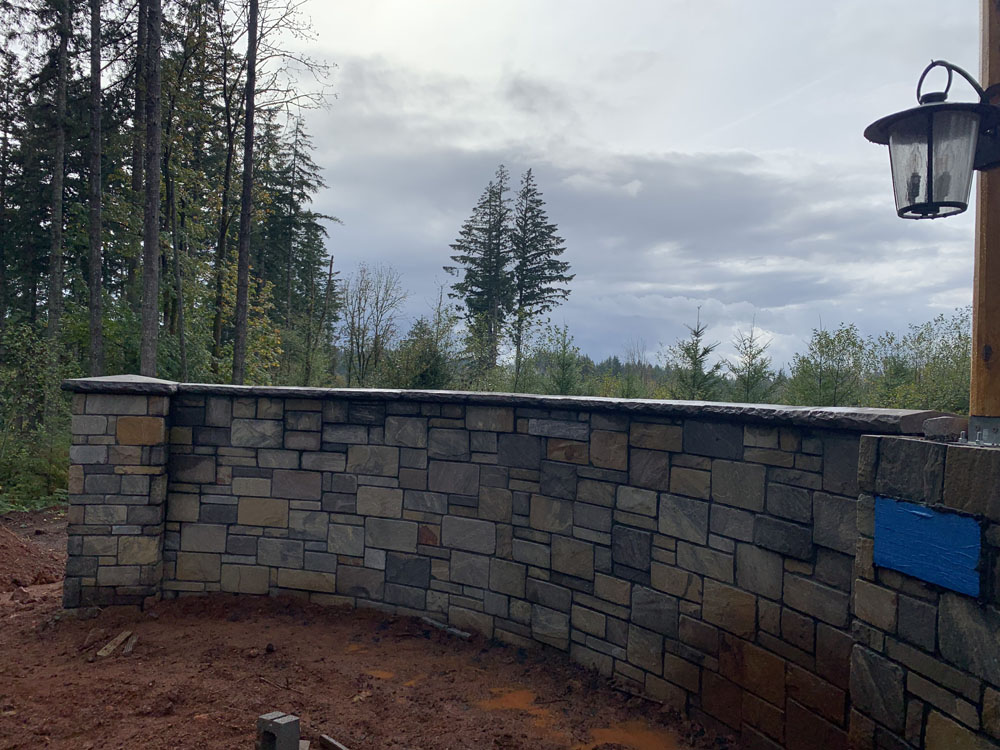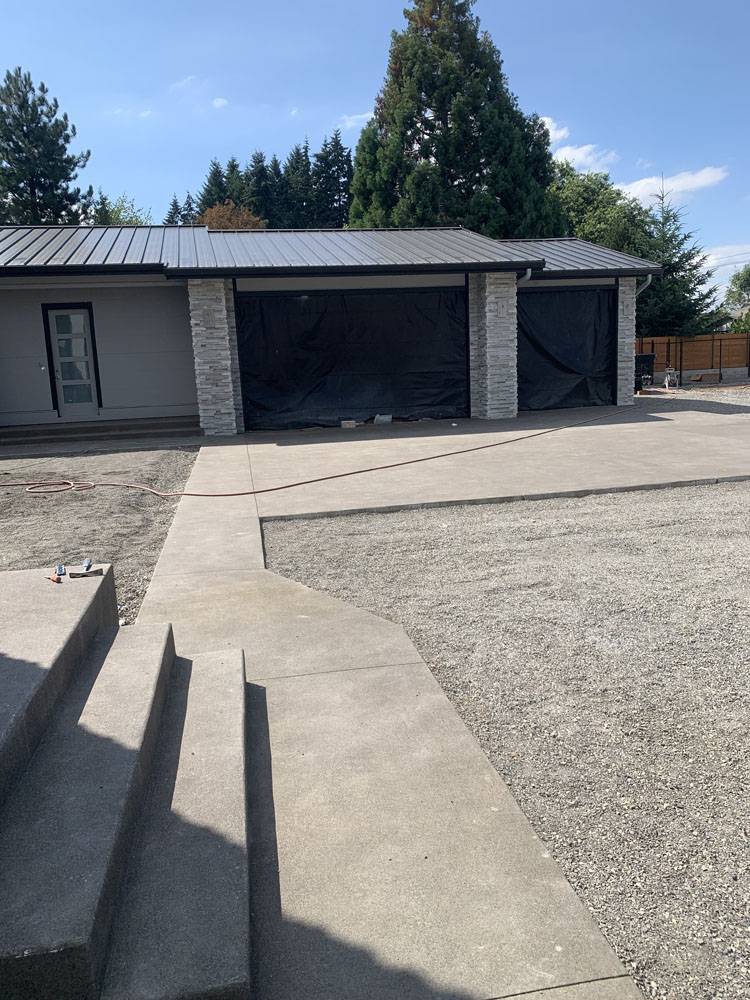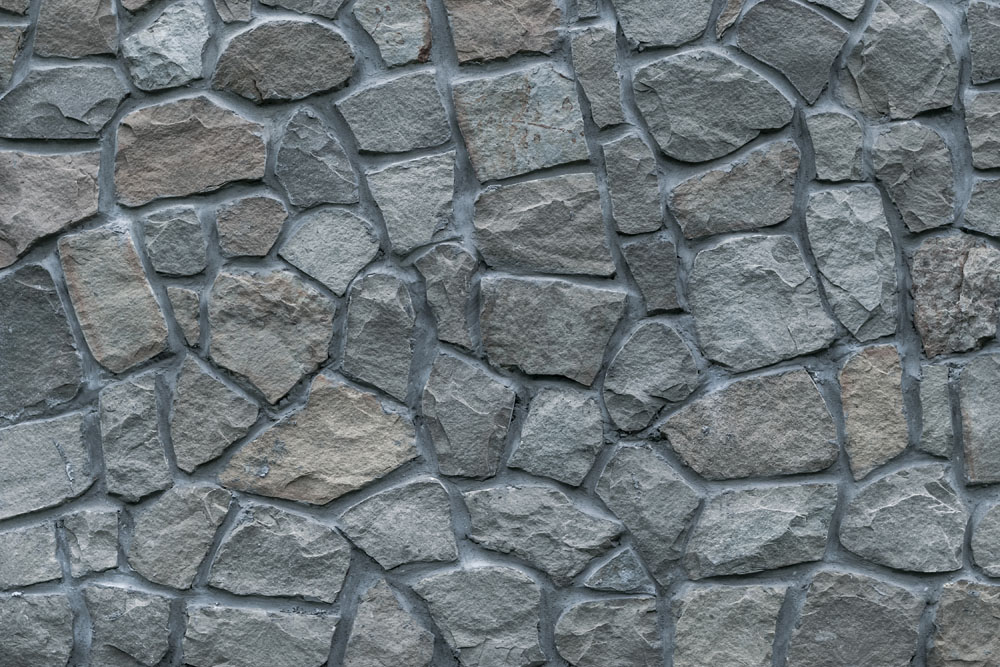Introduction
Building a landscape that harmonizes beauty and functionality is often a complex challenge. However, with the right materials and design principles, it becomes an achievable goal. One of the most effective solutions in modern landscaping is the use of brick retaining walls. These structures not only mitigate soil erosion but also enhance the overall aesthetic appeal of your outdoor space. In this extensive article, we will explore the fascinating world of brick retaining walls, highlighting their functional benefits, aesthetic qualities, and why hiring a professional masonry contractor can be a game-changer.
Functional Meets Aesthetic: Trendy Brick Retaining Walls
Brick retaining walls have emerged as a popular choice for homeowners and landscape designers alike. Why? Because they effortlessly blend practicality with stunning visual appeal. By using bricks—whether they are traditional clay bricks or modern concrete variants—these walls provide structural integrity while allowing for creative expression.
Understanding Retaining Walls
What Is a Retaining Wall?
A retaining wall is designed to hold back soil and prevent erosion on sloped landscapes. They create flat areas in your yard, which can be used for gardening or other recreational purposes.
Why Are They Important?
Retaining walls play a crucial role in landscape management. They're essential for controlling soil erosion, managing drainage issues, and creating usable outdoor spaces.
Types of Brick Retaining Walls
Traditional Clay Bricks
Traditional clay bricks are known for their durability and aesthetic charm. They come in various colors and textures that can Masonry Contractor In Stafford complement any landscape design.
Concrete Bricks
Concrete bricks offer versatility in design without sacrificing strength. They are often used in commercial settings due to their robust nature.
Benefits of Using Brick for Retaining Walls
Durability
Bricks are incredibly long-lasting compared to other materials like wood or vinyl. They resist weathering and wear over time.
Low Maintenance
Once constructed, brick retaining walls require minimal maintenance—just occasional cleaning to remove dirt or moss buildup.
Versatility in Design
Bricks come in various styles, colors, and finishes. This variety allows homeowners to choose options that align with their unique aesthetic preferences.
Designing Your Brick Retaining Wall
Choosing the Right Location
The placement of your retaining wall is vital for maximizing its effectiveness while ensuring it fits seamlessly into your landscape.

Factors to Consider:
- Soil type Slope degree Drainage patterns Surrounding vegetation
Incorporating Aesthetic Elements
Color Options
Choosing the right color can dramatically affect how your brick wall blends with its surroundings.
Textural Variation
Mixing different types of bricks creates visual interest and depth in your landscaping project.
How to Construct a Brick Retaining Wall
Planning Your Project
Before you start building, it's essential to plan carefully. This includes measuring the area where you want your wall, determining its height, and selecting appropriate materials.
Hiring a Masonry Contractor
Why should you hire a professional? A skilled masonry contractor brings expertise that ensures your wall will meet local building codes and withstand environmental stresses effectively.
Cost Considerations
When budgeting for your brick retaining wall project, consider both material costs and labor expenses associated with hiring a masonry contractor.
Local Regulations and Permits
Before beginning construction on your retaining wall, check with local authorities regarding zoning laws or permits required for such projects.
Common Challenges When Building Brick Retaining Walls
Soil Conditions
Some soil types pose challenges during construction; understanding these can help you avoid costly mistakes later on.
Weather Constraints
Extreme weather can impact construction schedules; plan accordingly to stay on track.
Maintenance Tips for Brick Retaining Walls
To keep your brick retaining wall looking great year-round:
Regularly inspect for cracks or signs of wear. Clean surfaces periodically. Repoint mortar joints when necessary.The Environmental Impact of Using Bricks
Bricks are made from natural materials such as clay and sand; they are recyclable at end-of-life stages too!
FAQs About Brick Retaining Walls
1. How tall can I build my brick retaining wall?
Typically, residential retaining walls should not exceed four feet without additional engineering considerations or permits.
2. Do I need a permit to build a brick retaining wall?
Yes, many local jurisdictions require permits for structures above certain heights or near property lines; always check first!
3. Can I build my own brick retaining wall?
While DIY projects are possible, hiring a masonry contractor ensures structural integrity and adherence to local regulations.
4. How long do brick retaining walls last?
With proper installation and maintenance, brick walls can last decades—often over 50 years!
5. Are there alternatives to bricks for constructing retaining walls?

6. What’s the best way to care for my brick retaining wall?
Regular cleaning combined with periodic inspections will prolong its life; re-pointing mortar joints may also be necessary over time.
Conclusion
In conclusion, incorporating brick retaining walls into your landscaping not only provides practical solutions like erosion control but also adds significant aesthetic value to your property. Whether you're looking to create stunning garden terraces or ensure optimal drainage around your home, these versatile structures offer endless possibilities tailored specifically to your needs—especially when executed by an experienced masonry contractor who understands both form and function intricately.
The marriage of functionality with aesthetics exemplified by trendy brick retaining walls serves as an inspiration for homeowners seeking innovative ways to enhance their outdoor living spaces while addressing practical concerns effectively! So why wait? It might just be time to start envisioning how you can transform your landscape today!
